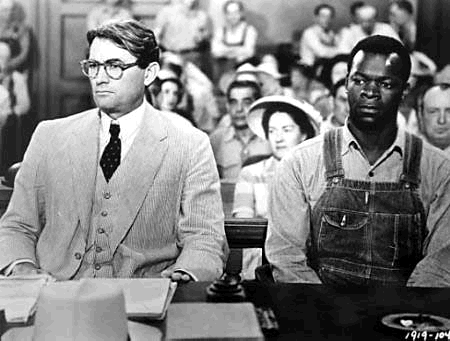
Harper Lee and Margaret Mitchell wrote one novel apiece. Both won the Pulitzer Prize.
The Turning Point and The Color Purple each received 11 Oscar nominations — and won zero.

Harper Lee and Margaret Mitchell wrote one novel apiece. Both won the Pulitzer Prize.
The Turning Point and The Color Purple each received 11 Oscar nominations — and won zero.
A surgeon wears sterile gloves both to protect his patient and to protect himself. Can a hard-pressed surgeon with only two pairs of sterile gloves operate on three patients while keeping everyone safe?
“Nearly every example of faulty reasoning that has been published is accompanied by the phrase ‘of course’ or its equivalent.” — Donald E. Knuth

Andy and Bob play rock-paper-scissors 10 times. Andy plays 3 rocks, 6 scissors, and 1 paper (in some order), and Bob plays 2 rocks, 4 scissors, and 4 paper. There are no ties. Who wins?
Stumbled across this in Miscellaneous Notes and Queries, January 1897:
Concatenated Order of Hoo Hoo. This is the name of a Western organization. It was organized by the ‘supreme nine.’ The Snark of the Universe is William Eddy Barns, of St. Louis, Mo. The other officers are designated Senior Hoo Hoo, Junior Hoo Hoo, Bojum, Scrivenoter, Bundersnatch, Custocatian, Arcanoper, Gurdon. There are 24 Vicegerent Snarks for as many States and Territories. This Order was founded in 1891 by nine traveling lumbermen, detained at Kansas City on account of a railroad wreck, and has extended over the Union. Its declared object is the promotion of the ‘health, happiness, and long life of its members.’ The membership is limited to 9,999. The symbol of the Order is a black cat with its back and tail up, chosen because of its traditional nine lives. Brethren are known as kittens. Hoo Hoo day is the ninth day of the ninth month of the year. The annual meeting begins the ninth minute after nine o’clock p.m. on that day. The initiation fee is $9.99, and the annual dues are 99 cents. There is a ritual, and aid is extended to distressed members and their families.
I find, to my great joy, that it still exists. In the intervening 120 years the order has inducted more than 100,000 members and expanded into Australia, New Zealand, Malaysia, and South Africa. The international office is located one block from the site of the group’s founding.
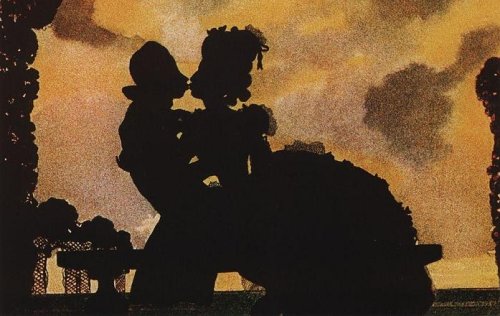
She: What are you thinking about?
He: The same thing you’re thinking about.
She: You’re very vulgar.
(From Intelligent Jokes, by Sion Rubi, 2004.)
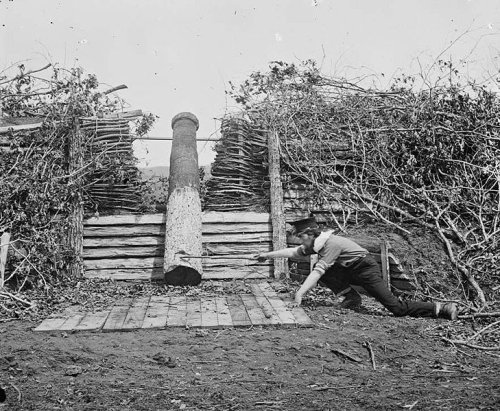
That’s not a gun, it’s a log painted black. Both sides in the Civil War used “Quaker guns” to frighten the enemy in order to buy time. “We were confronted by a mammoth gun that threatened to blow the Union clear over the north pole,” remembered one Indiana volunteer in 1894. “The mammoth gun proved afterward to be a log that had been mounted and painted to resemble a columbiad.”
Two further Civil War oddities:
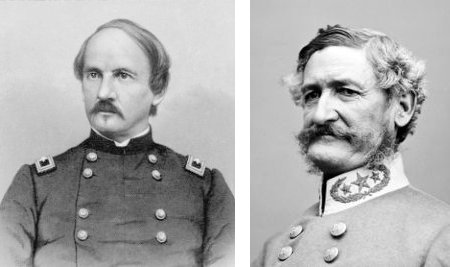
Each side, improbably, had a general named Henry H. Sibley. Henry Hastings Sibley (left) spent most of the war protecting settlements from the Sioux on the western frontier. He went on to become the first governor of Minnesota. His counterpart, Henry Hopkins Sibley, also served in the west, leading the Confederate States Army in the New Mexico Territory. The two never faced one another.
In July 1863 Union general Edward H. Hobson captured most of Confederate general John Hunt Morgan’s forces at the Battle of Buffington Island in Ohio. Undaunted, Morgan tunneled out of prison and returned the favor, capturing Hobson and about 750 men one year later near Cynthiana, Ky.
Lewis Carroll demonstrates a problem with deciding an election by plurality of votes:

Four candidates are ranked by each of 11 electors, and each elector votes for his first choice. “Here A is considered best by three of the electors, and second by all the rest. It seems clear that he ought to be elected; and yet, by the above method, B would be the clear winner — a candidate who is considered worst by seven of the electors!”
“It is a matter for the deepest regret that Dodgson never completed the book he planned to write on this subject,” writes Michael Dummett. “Such was the lucidity of his exposition and mastery of this topic that it seems possible that, had he published it, the political history of Britain would have been significantly different.”
See The Voting Paradox, The Referendum Paradox, and Stump Trouble.
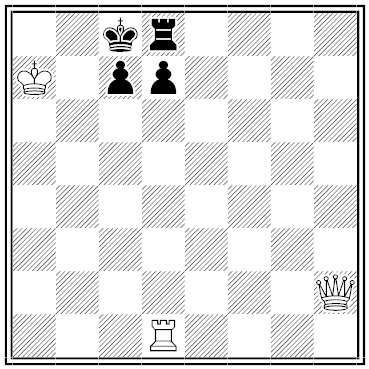
Future world chess champion Max Euwe composed this miniature in 1927. White to mate in two moves.
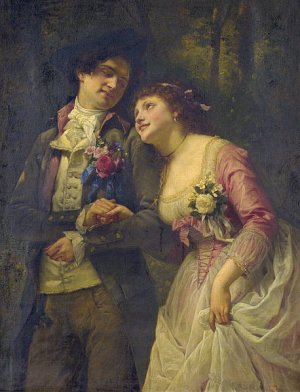
belgard
n. a sweet or loving look